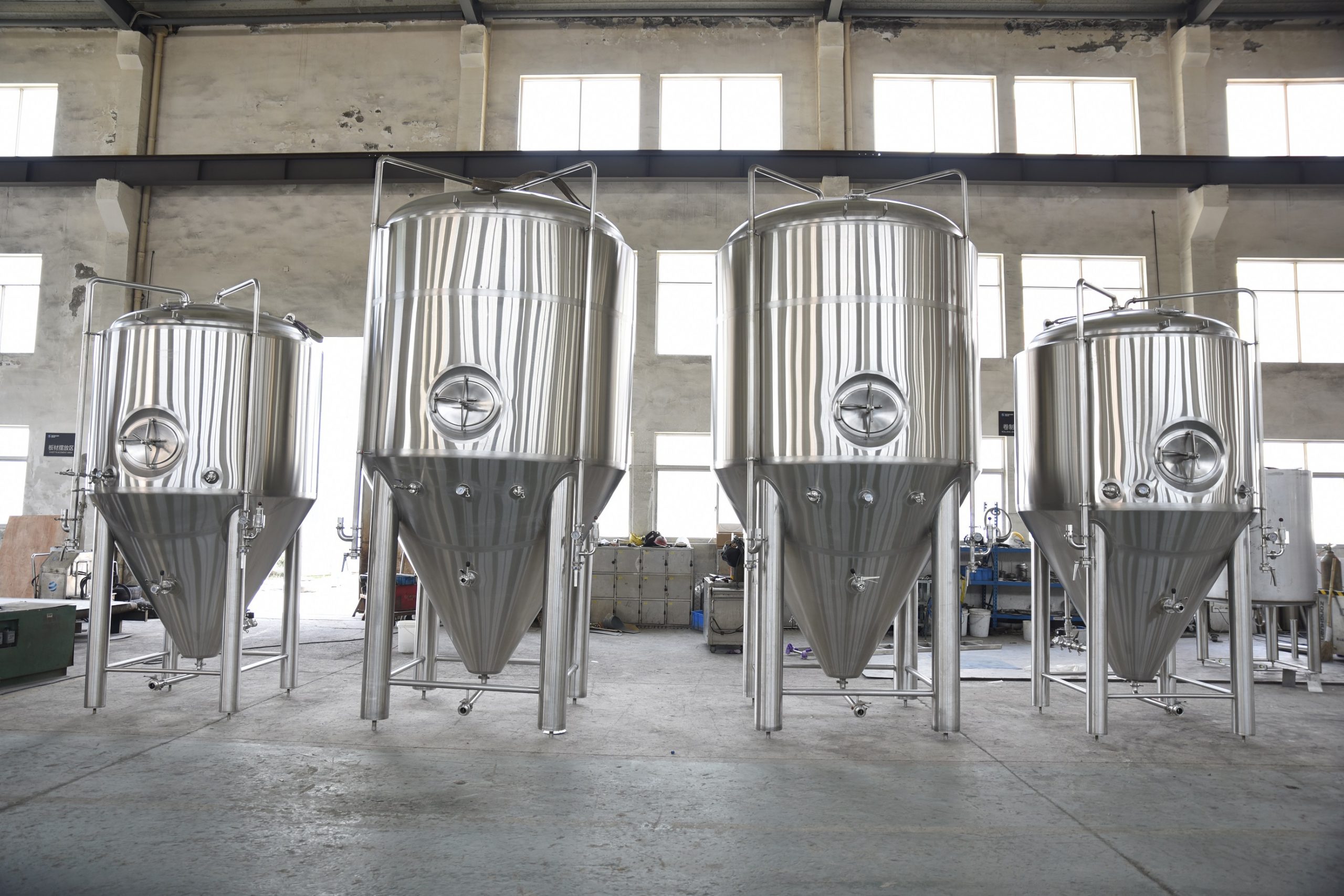
Stainless Steel Pressure Fermenter
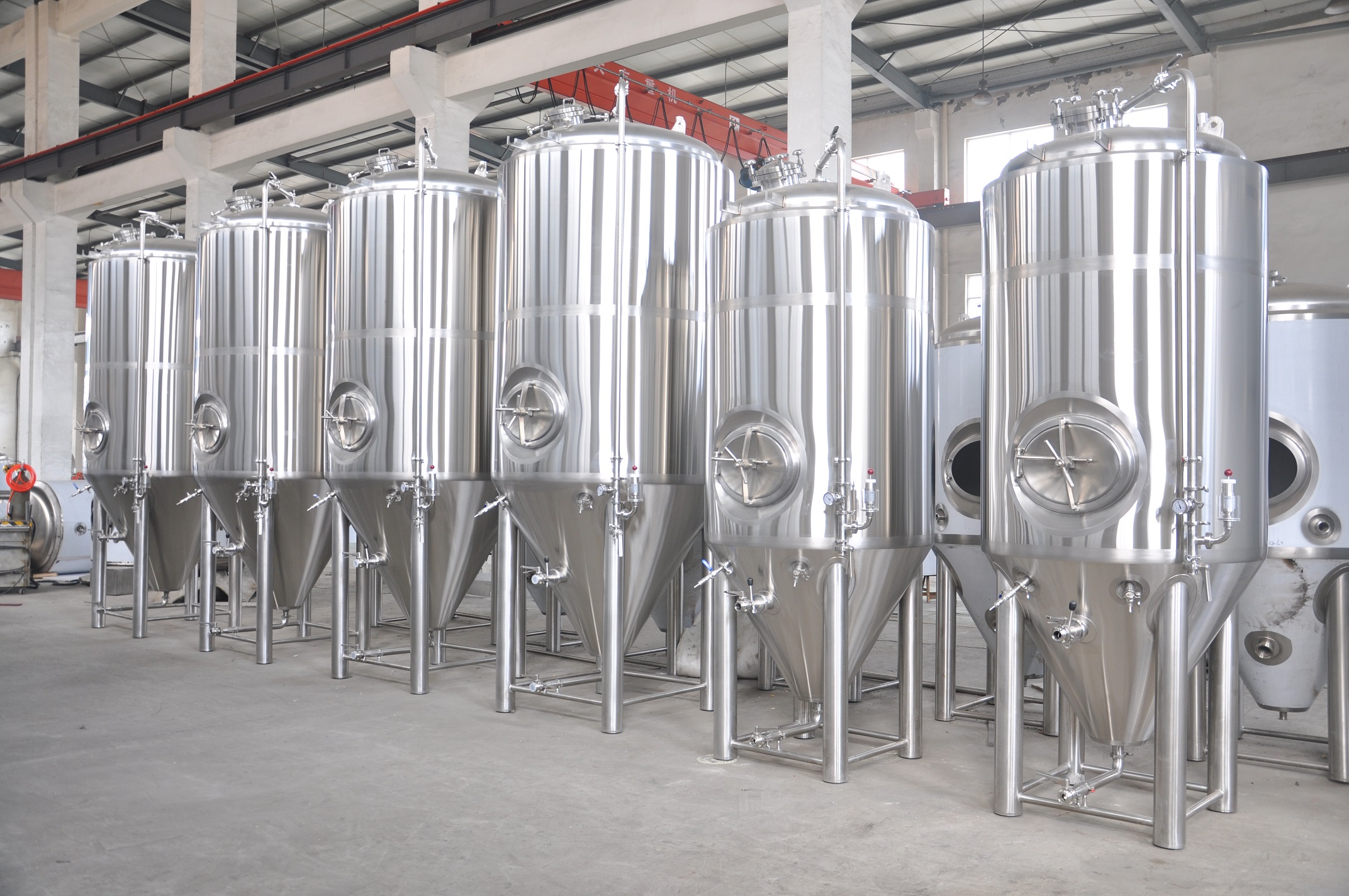
A stainless steel pressure fermenter, also known as a stainless steel conical fermenter or a pressure-rated fermentation vessel, is a specialized vessel used in the beer, wine, and cider production processes. It is constructed from high-quality stainless steel to provide durability, cleanliness, and the ability to withstand pressurized conditions.
Here are some key features of stainless steel pressure fermenters:
Material: Stainless steel is the preferred material for pressure fermenters due to its corrosion resistance, strength, and ease of cleaning. It is also inert, meaning it does not react with the fermenting liquid, ensuring the purity and flavor of the final product.
Conical Shape: Pressure fermenters typically have a conical shape. This design allows for the collection of yeast and sediment at the bottom, making it easier to separate the clear beer or wine from the unwanted solids during the fermentation and clarification process.
Pressure Capability: Unlike traditional fermentation vessels, pressure fermenters are built to withstand higher pressures. They are designed to handle the pressure generated by the carbon dioxide released during fermentation, which can result in natural carbonation and improved flavor stability.
Pressure Control: Stainless steel pressure fermenters often come with built-in pressure relief valves and pressure gauges, allowing for precise control and adjustment of the internal pressure. This feature is especially useful for brewers who want to perform closed transfers, carbonation, or specific fermentation techniques.
Sanitary Design: Stainless steel fermenters are designed with cleanliness and sanitation in mind. They typically feature smooth interior surfaces without seams or welds that could harbor bacteria or contaminants. This makes cleaning and sanitizing the vessel more effective, ensuring the production of high-quality and safe beverages.
Temperature Control: Many stainless steel pressure fermenters have additional features to assist with temperature control. These may include integrated cooling jackets or connections for external glycol chilling systems. Maintaining proper fermentation temperatures is crucial for controlling yeast activity and achieving desired flavor profiles.
Durability and Longevity: Stainless steel fermenters are built to last, offering excellent durability and longevity. They can withstand repeated use, cleaning cycles, and high-pressure conditions without compromising structural integrity or impacting the quality of the product.
Size Options: Stainless steel pressure fermenters come in a range of sizes, accommodating various batch volumes to suit the needs of homebrewers, craft breweries, and commercial operations alike.
Stainless steel pressure fermenters provide brewers and winemakers with a reliable and efficient fermentation vessel that allows for controlled carbonation, temperature management, and improved flavor development. They offer enhanced quality control and flexibility during the fermentation process, resulting in high-quality beverages.
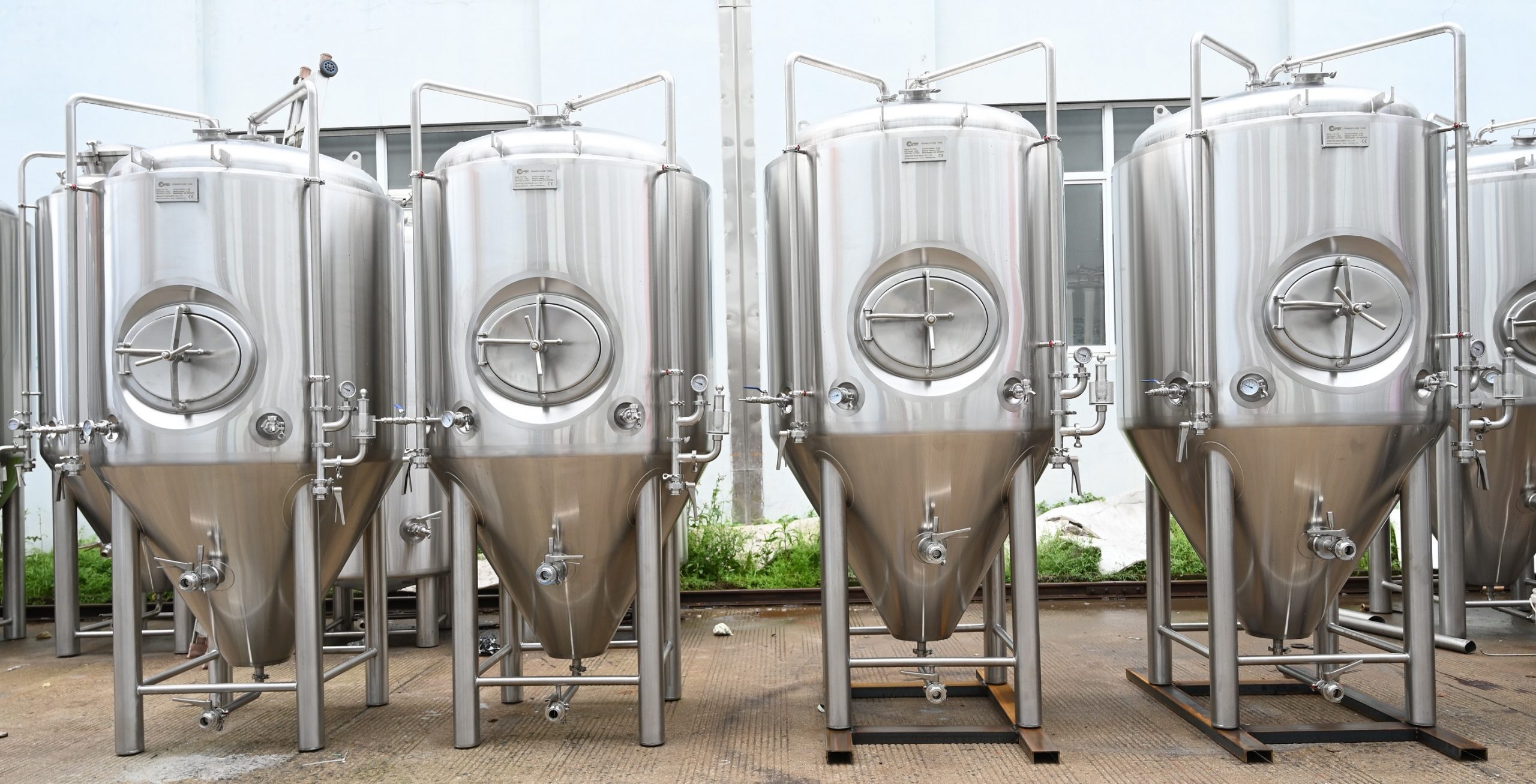
Benefits of using the stainless steel pressure fermenter
Using a stainless steel pressure fermenter provides several benefits for brewers and winemakers. Here are some key advantages:
Enhanced Flavor Development: The sealed and pressurized environment of a stainless steel pressure fermenter allows for controlled fermentation conditions, which can contribute to improved flavor development in the final product. The ability to precisely regulate temperature, pressure, and carbonation levels can result in a more balanced and refined flavor profile.
Improved Carbonation Control: With a stainless steel pressure fermenter, brewers have greater control over carbonation levels in their beverages. By pressurizing the vessel during fermentation, natural carbonation can occur, resulting in consistent and desired levels of carbon dioxide in the final product. This eliminates the need for additional carbonation steps or equipment.
Reduced Oxidation: Stainless steel pressure fermenters minimize oxygen exposure during fermentation. Oxygen is a major contributor to flavor degradation and oxidation in beer and wine. By keeping oxygen out of the fermenter, the risk of off-flavors, staling, and color changes due to oxidation is significantly reduced, resulting in fresher and more stable beverages.
Efficient Sediment Separation: The conical shape of many stainless steel pressure fermenters allows for efficient separation of yeast and sediment from the liquid. This makes it easier to remove solids during or after fermentation, reducing the need for additional racking or filtering steps. The sediment collects at the bottom cone, facilitating clearer and cleaner final products.
Hygiene and Cleanliness: Stainless steel is highly resistant to bacteria, corrosion, and contamination, making it an excellent choice for maintaining a clean and sanitary fermentation environment. Its smooth surface is easy to clean and sanitize, ensuring the integrity and purity of the final product.
Longevity and Durability: Stainless steel pressure fermenters are built to last. They are highly durable, resistant to damage, and can withstand repeated use, cleaning, and high-pressure conditions without degradation. Investing in a quality stainless steel fermenter ensures a long-lasting piece of equipment that will provide reliable performance for years.
Professional Appearance: Stainless steel pressure fermenters have a sleek and professional look, which can enhance the aesthetics of a brewery or winery. Their clean and polished appearance reflects quality craftsmanship and can contribute to a positive image for the brand.
Scalability: Stainless steel pressure fermenters come in various sizes, allowing brewers and winemakers to scale their production as needed. From small homebrewing setups to large commercial operations, stainless steel fermenters offer flexibility in accommodating different batch volumes and production requirements.
In summary, using a stainless steel pressure fermenter offers benefits such as improved flavor development, carbonation control, reduced oxidation, efficient sediment separation, hygiene, durability, and scalability. These advantages contribute to the production of high-quality beverages with enhanced taste, stability, and consistency.
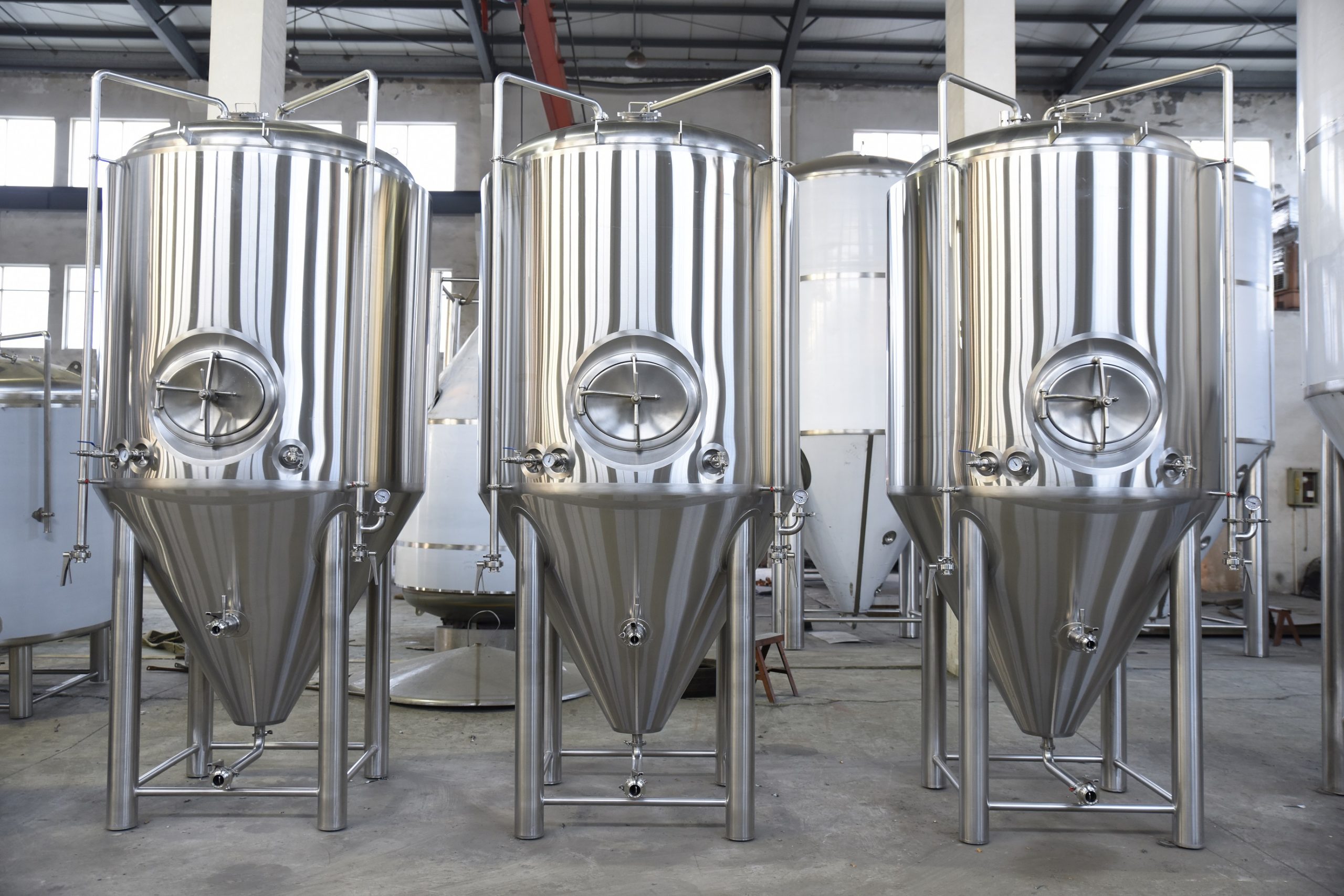
Types of stainless steel pressure fermenter
There are various types of stainless steel pressure fermenters available in the market, each designed with specific features and functionalities. Here are some common types:
Conical Pressure Fermenter: Conical pressure fermenters feature a conical shape, allowing yeast and sediment to settle at the bottom of the vessel. They often come with a separate cone section that can be removed or emptied, making it easier to collect and remove the sediment. These fermenters provide efficient separation of solids and are popular among brewers and winemakers.
Unitank: A unitank is a versatile stainless steel pressure fermenter that can perform both fermentation and carbonation in a single vessel. It is equipped with a pressure relief valve and a carbonation stone, allowing brewers to carbonate the beer directly in the same tank. Unitanks eliminate the need for transferring the beer to a separate vessel for carbonation, simplifying the process and reducing the risk of contamination.
Brite Tank: A brite tank, also known as a bright beer tank or conditioning tank, is a stainless steel pressure vessel used for the final conditioning and carbonation of beer. It is designed to hold finished beer at low temperatures under pressure. Brite tanks often have additional features like sight glasses, carbonation stones, and ports for sample collection or carbon dioxide (CO2) dosing.
Jacketed Pressure Fermenter: Jacketed pressure fermenters are equipped with a cooling jacket around the vessel, allowing for temperature control during fermentation. These fermenters have connections for coolant circulation, enabling brewers to regulate the temperature by cooling the vessel’s exterior. Jacketed fermenters are commonly used in breweries and larger-scale operations where precise temperature control is essential.
Custom-Built Fermenters: Some breweries and wineries opt for custom-built stainless steel pressure fermenters that are tailored to their specific needs. These fermenters are designed and fabricated based on the unique requirements of the operation, including size, shape, pressure rating, fittings, and additional features.
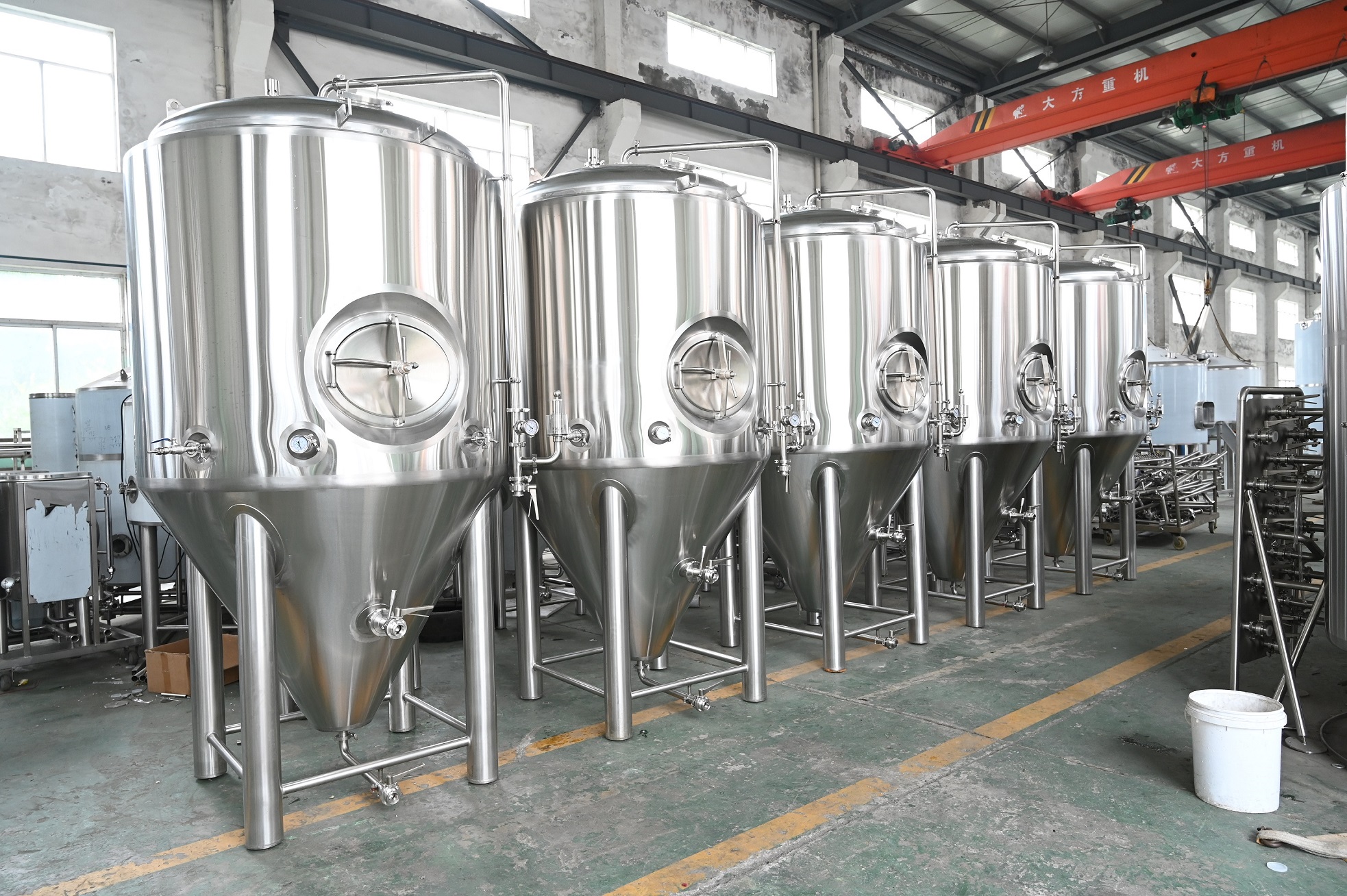
Using and Maintaining the stainless steel pressure fermenter
Using and maintaining a stainless steel pressure fermenter properly is crucial to ensure the longevity of the equipment and the production of high-quality beverages. Here are some guidelines for using and maintaining a stainless steel pressure fermenter:
Initial Setup and Preparation:
Ensure the fermenter is clean and sanitized before use. Follow the manufacturer’s instructions for cleaning and sanitizing procedures.
Check all connections, valves, and seals to ensure they are tight and secure.
Familiarize yourself with the fermenter’s features, including pressure relief valves, gauges, and temperature control mechanisms.
Sanitization:
Clean and sanitize the fermenter thoroughly between each use to prevent contamination.
Use a suitable cleaning agent or sanitizer recommended for stainless steel equipment.
Pay special attention to valves, seals, and any areas that come into contact with the fermentation product.
Fermentation Process:
Transfer the fermented liquid into the pressure fermenter, leaving sufficient headspace to accommodate the carbonation process.
Follow the recommended fermentation temperature and pressure for the specific beverage being produced.
Monitor and adjust the pressure, temperature, and carbonation levels as needed according to your recipe or desired outcome.
Pressure Release and Safety:
Always ensure the pressure relief valve is functional and properly adjusted to the desired pressure range.
Release excess pressure before opening the fermenter to prevent sudden gas release and potential injury.
Carbonation:
If using the fermenter for carbonation, follow the recommended carbonation procedures and guidelines.
Connect a carbonation stone or other appropriate equipment to introduce carbon dioxide into the fermenter.
Monitor and control the carbonation process based on the desired level of carbonation for your beverage.
Cleaning and Maintenance:
After each use, clean the fermenter thoroughly to remove any residual sediment or fermentation debris.
Use appropriate cleaning agents and brushes to reach all areas of the fermenter, including the conical bottom and valves.
Rinse the fermenter thoroughly to remove any cleaning agent residue.
Inspect seals, gaskets, and valves regularly and replace as needed to ensure proper functioning.
Storage and Handling:
Store the fermenter in a clean and dry environment to prevent contamination and corrosion.
Avoid stacking heavy objects on top of the fermenter, as it may cause damage.
Handle the fermenter with care to prevent dents or scratches that could affect its structural integrity.
Regular Inspections:
Periodically inspect the fermenter for any signs of wear, damage, or corrosion.
Check all valves, fittings, and seals for proper functioning and tightness.
Address any issues promptly to prevent further damage or compromise in the performance of the fermenter.
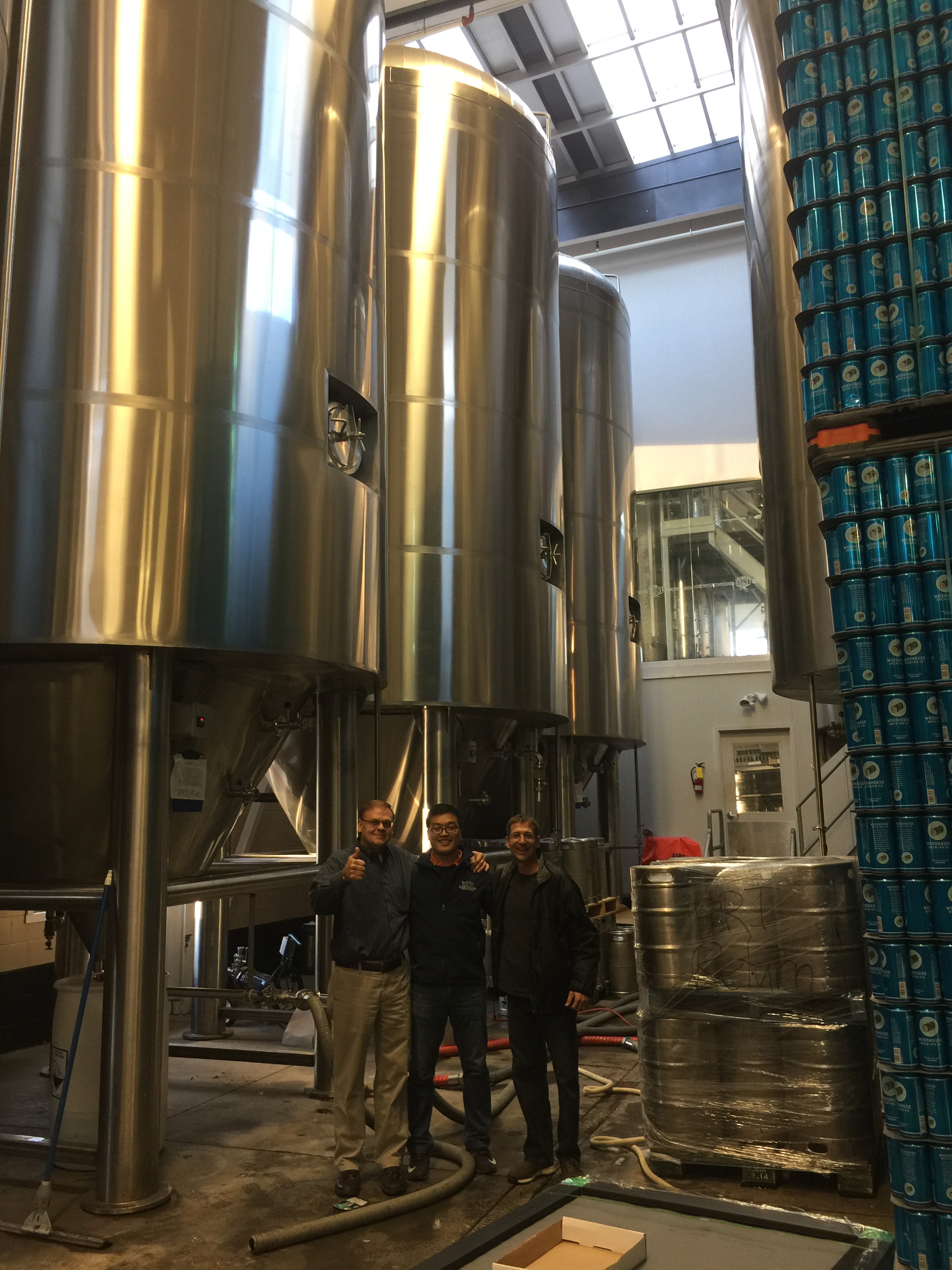 Conclusion:
Conclusion:
The decision to invest in a stainless steel pressure fermenter depends on your specific brewing or winemaking needs, budget, and growth plans. Assess the potential benefits, long-term savings, and return on investment to make an informed decision that aligns with your business goals and production requirements.





